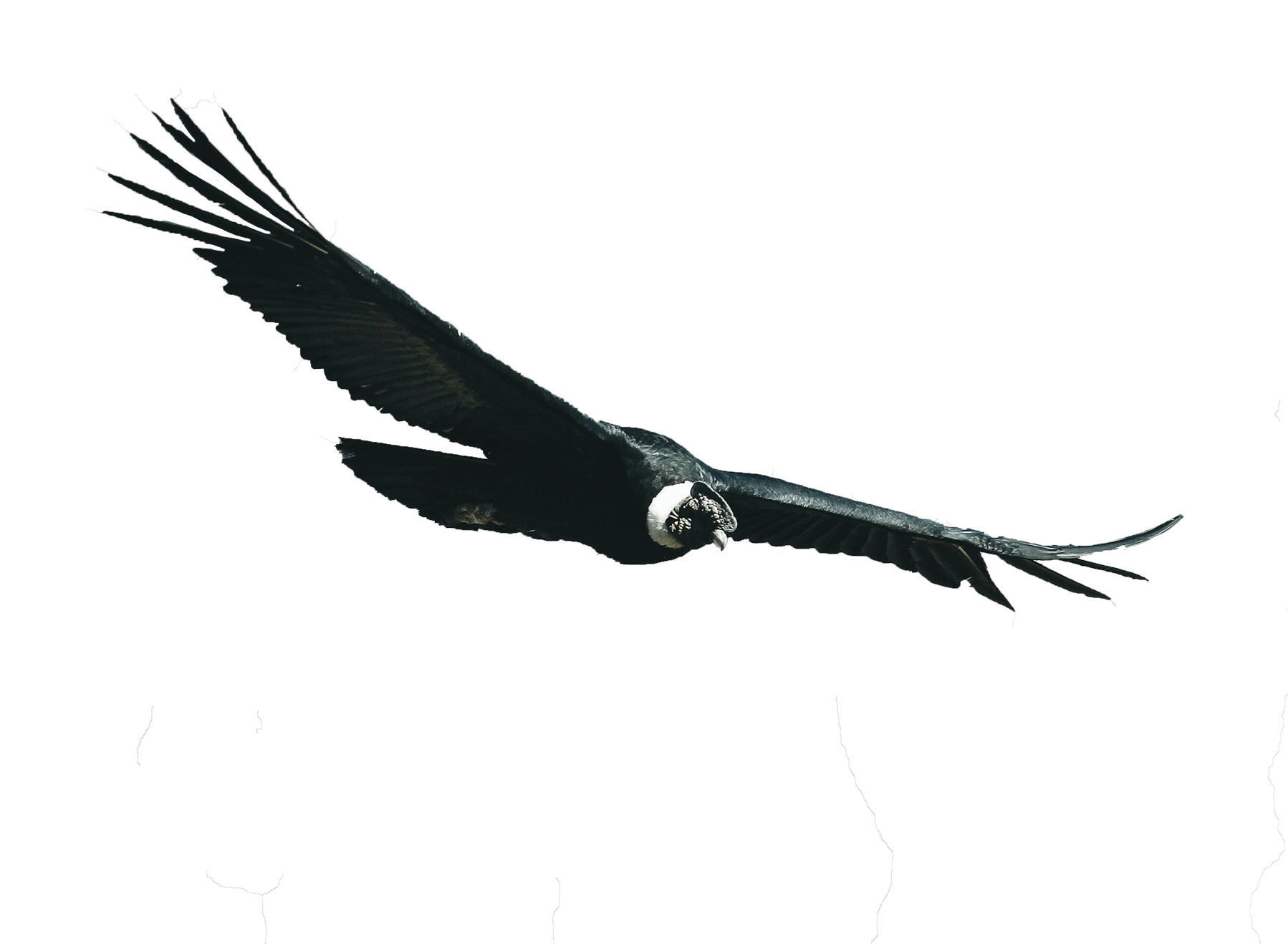PERU

geography
This country is a
Biodiversity
climate
Culture
Recommended Bird guideS/APPS
best time for birding
money
1 USD = 4.14 Sol
1 EUR = 4.80 Sol
1 GBP = 5.61 Sol
TIPPING
Tipping is never compulsory on any of our tours, but many visitors do choose to tip guides, drivers, and other ground staff, especially if they feel they have worked hard and done a good job, and we get many questions about what would be an appropriate amount, so we have tried to figure out some guidelines. Again, this is entirely up to your discretion, and we mention this merely for your information and in answer to questions we regularly receive from our clients.
Restaurants: 2-3USD/meal
Hotels: 5USD/room/day
Luggage porters: 1USD/bag
Local guide: 5-10USD/p/day
Drivers: 5USD/p/day
Tour guide/leader: 15-20USD/p/day
